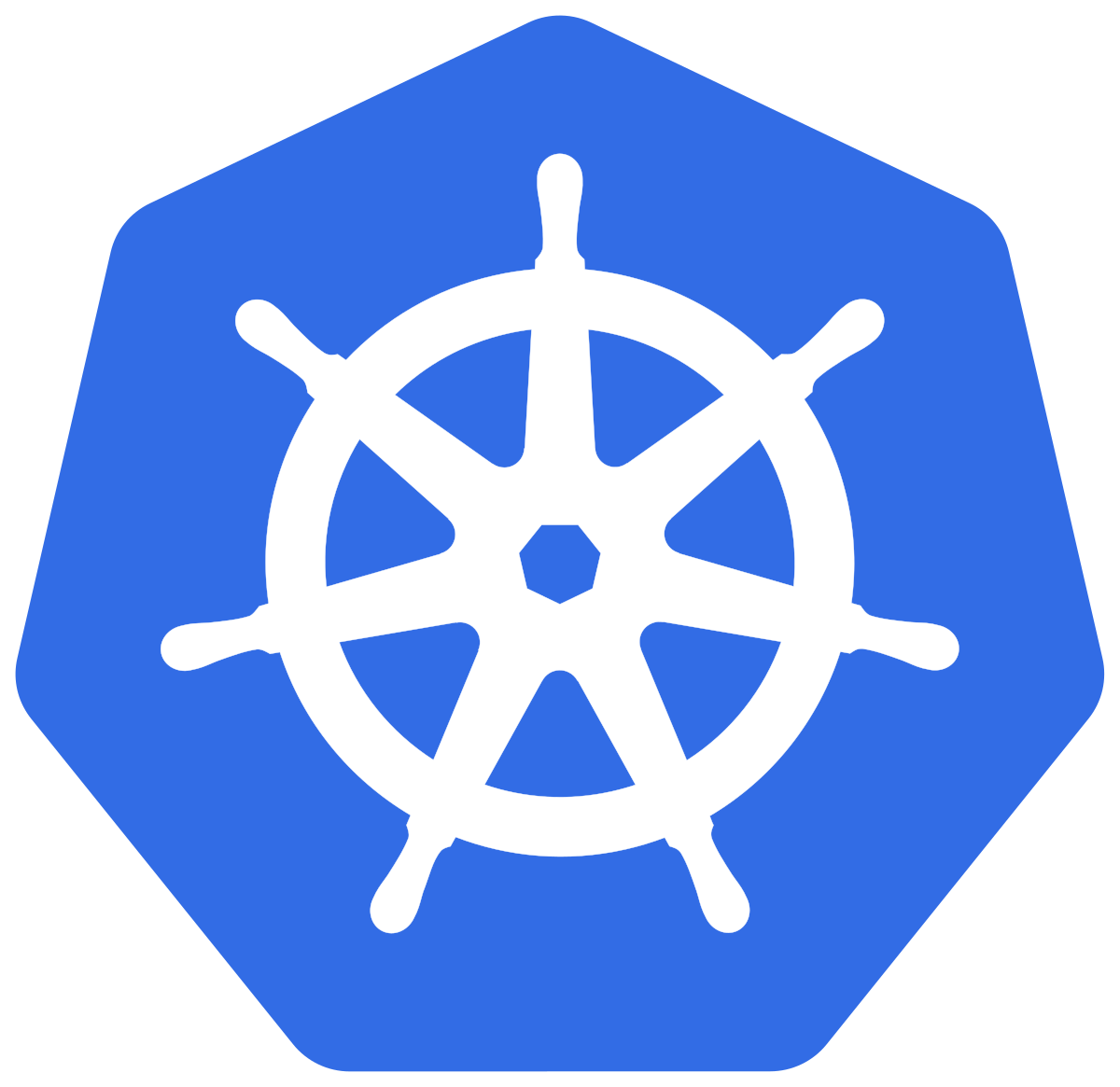Setup
The text like Hello %USER% your password is %PASSWORD%, gets replaced as:
Hello %USER% your password is %PASSWORD%
Here is a User specific link with a role OpenShift Console
Prerequisite CLI tools
The following CLI tools are required for running the exercises in this tutorial. Please have them installed and configured before you get started with any of the tutorial chapters.
| Tool | macOS | Fedora | windows |
|---|---|---|---|
|
|||
|
|
||
|
|||
Minikube v1.12.1 |
|||
|
|||
|
|||
|
The following CLI tools are optional for running the exercises in this tutorial. Although they are used in the tutorial, you could use others without any problem.
| Tool | macOS | Fedora | windows |
|---|---|---|---|
|
|
||
watch |
|
|
|
kubectx and kubens |
|
||
|
Setup Kubernetes
The profile my_profile is created to run the tutorial:
Having minikube installed and in your PATH, then run:
minikube start --memory=8192 --cpus=3 --kubernetes-version=v1.18.0 --vm-driver=virtualbox -p my_profileAnd the output must be something similar like:
❌ profile "my_profile" not found
✅ Created a new profile : my_profile
✅ minikube profile was successfully set to my_profile
😄 [default] minikube v1.12.1 on Darwin 10.15.2
✨ Selecting 'virtualbox' driver from user configuration (alternates: [hyperkit])
🔥 Creating virtualbox VM (CPUs=2, Memory=8192MB, Disk=50000MB) ...
🐳 Preparing Kubernetes v1.18.0 on Docker '19.03.5' ...
▪ apiserver.enable-admission-plugins=LimitRanger,NamespaceExists,NamespaceLifecycle,ResourceQuota,ServiceAccount,DefaultStorageClass,MutatingAdmissionWebhook
🚜 Pulling images ...
🚀 Launching Kubernetes ...
⌛ Waiting for cluster to come online ...
🏄 Done! kubectl is now configured to use "my_profile"Finally configure to use minikube internal docker as docker host:
eval $(minikube docker-env -p my_profile)To run OpenShift4, you need to have one provisioned using try.openshift.com or can use any existing OpenShift4 cluster. Once you have your cluster, you can download the latest OpenShift client(oc) from here and add to your path.
oc version
You can check the OpenShift version using:
oc versionThe output should show oc version >=4.2:
Client Version: openshift-clients-4.3.0-201910250623-88-g6a937dfe
Kubernetes Version: v1.18.0Then login into the cluster and run:
oc new-project my_profileAnd then you are ready for start using Kubernetes:

Get tutorial sources
Before we start setting up the environment, let’s clone the tutorial sources and set the TUTORIAL_HOME environment variable to point to the root directory of the tutorial:
git clone https://github.com/redhat-developer-demos/rhd-tutorial-common.git my_folderexport TUTORIAL_HOME="$(pwd)/my_folder"cd $TUTORIAL_HOME